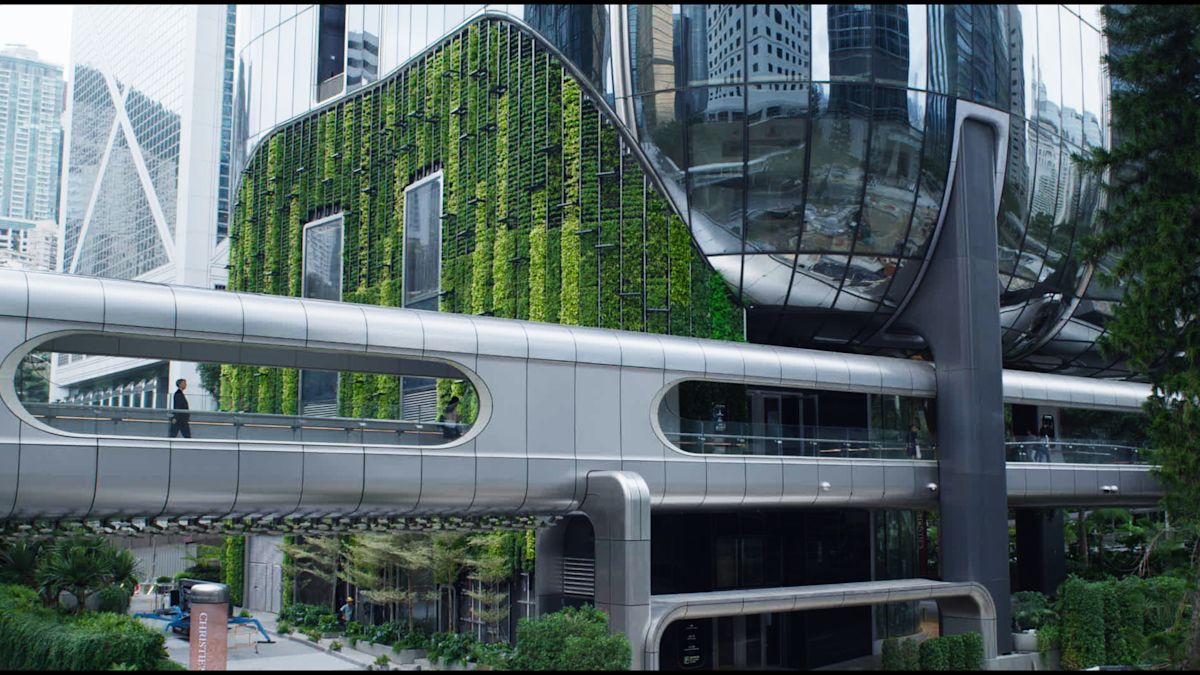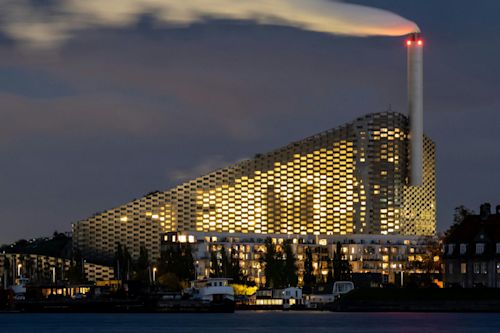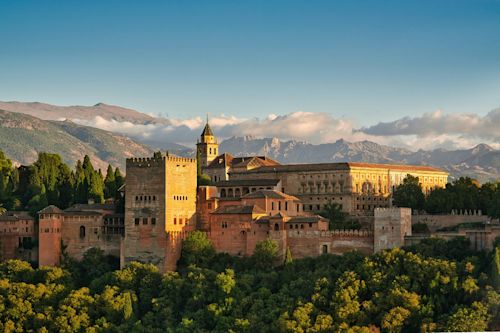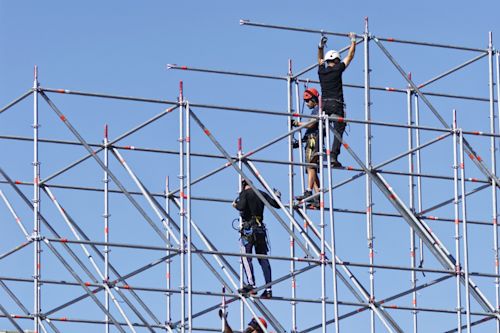
Architecture functions as more than just a means of providing us with shelter. It can also act as a bridge to our surroundings. One of architecture’s most compelling evolutions has been the intentional blending of interior and exterior spaces. This holistic approach offers both aesthetic and functional benefits, improving our well-being by creating more dynamic and engaging environments for us to live and work in.
Below are five examples of buildings elevating our experiences with spaces that are open, inclusive, and integrated with their context.
Sydney Opera House — Australia

The Sydney Opera House is one of the world’s most iconic structures. Based on a design by Danish architect Jørn Utzon, this UNESCO World Heritage Site is instantly recognizable because of its soaring sail-like roof, which rises high above Sydney Harbour. The building’s ceramic tile façade reflects the surrounding water and sky, creating an animated visual interplay with the harbor landscape. Inside, uninterrupted views are maintained with expansive glass walls and airy foyers that ensure the connection to the harbor remains front and center.
Guggenheim Museum Bilbao — Spain

Canadian-American architect Frank Gehry’s Guggenheim Museum in Bilbao is more than a repository of modern art – it is a landmark of contemporary architecture. Clad in undulating titanium panels reminiscent of fish scales, its sculptural form mirrors the meandering curves of the adjacent Nervión River. The building’s sweeping organic shapes and reflective surfaces blend harmoniously with the cityscape and waterfront. Inside, large atriums and flowing galleries play off the exterior’s form, creating an experience that seamlessly integrates the museum with its urban surroundings.
The Henderson — Hong Kong, China
Located in the heart of Hong Kong’s bustling business district, The Henderson seamlessly bridges the gap between its interior spaces, the surrounding gardens and the city beyond. Designed by Zaha Hadid Architects and realized by director Sara Klomps, the innovative, 36-story tower draws inspiration from the city’s dynamic mix of tradition and modernity while echoing the organic forms of the natural world. Its curved, glass façade built upon raised stilts shelters the tranquil courtyards and gardens below it, creating a uninterrupted flow that invites visitors from the adjacent Chater Garden into its open, light-filled communal spaces.
Fallingwater — Mill Run, Pennsylvania, USA

Legendary architect Frank Lloyd Wright’s Fallingwater remains the benchmark for organic architecture. Built directly over a waterfall in rural Pennsylvania, this three-story residence and UNESCO World Heritage Site incorporates the surrounding forest and stream into its compelling design. Multiple cantilevered terraces extend over the water, while floor-to-ceiling windows and natural building materials dissolve the boundaries between inside and outside. The sound of the gently cascading waterfall running underneath permeates the home, reinforcing the sense of its unity with nature.
MAXXI Museum — Rome, Italy

Designed by Zaha Hadid Architects, the MAXXI Museum represents innovation in both form and function. Italy’s first national museum of contemporary art and architecture, it blurs the boundaries between interior and exterior. Sweeping curves and intersecting walls create a dynamic spatial experience that encourages exploration. The building’s glass and concrete façade allows natural light to filter through its interior, while open courtyards and transparent transitions connect the museum to its urban surroundings.



